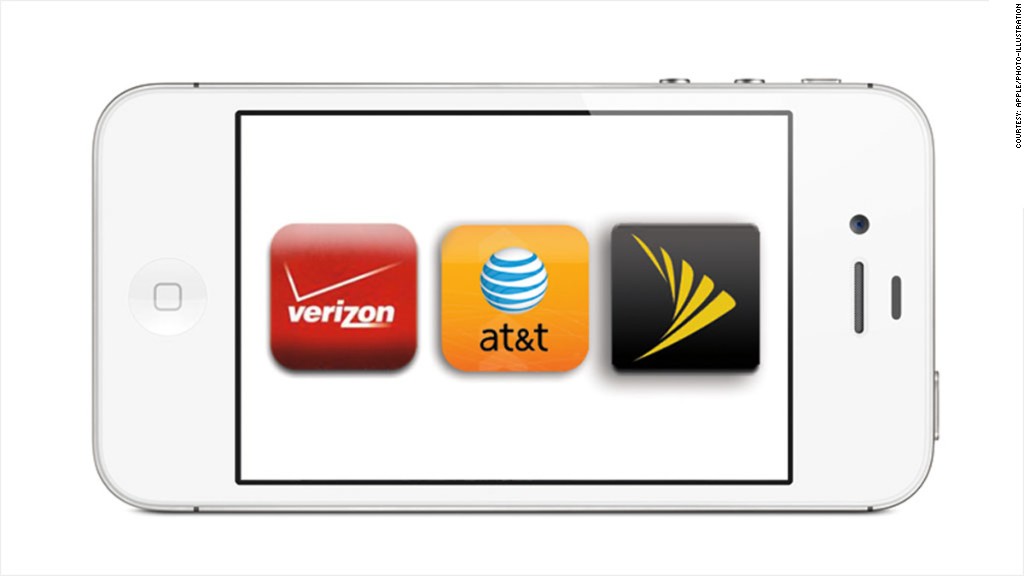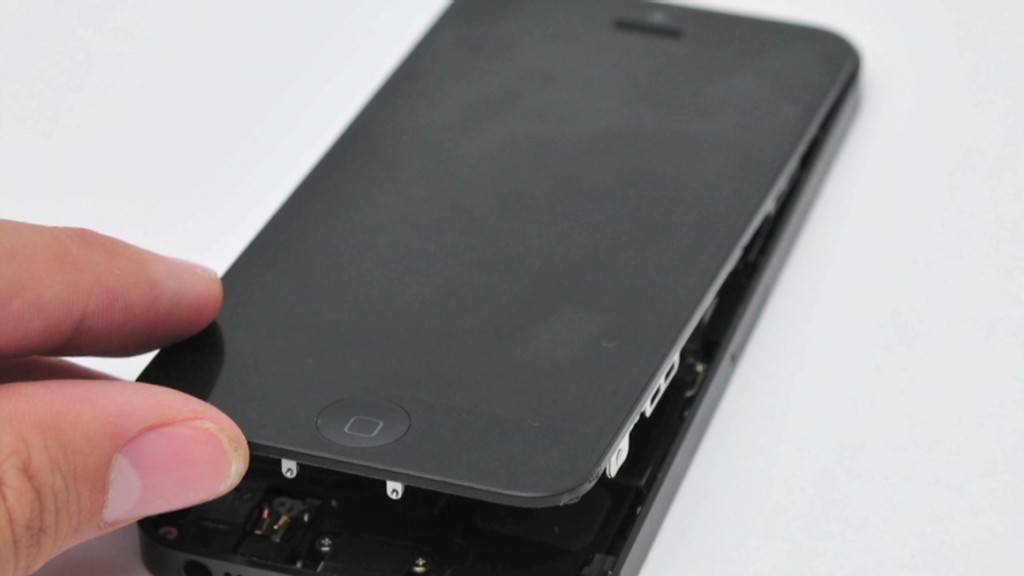
Here we go again. It's time for a ride on the wireless carrier profit roller coaster.
It sounds backwards, but the more smartphones carriers sell, the worse their profit margins get. The new phone you buy for $199 costs your carrier two or three times as much when they buy it from the manufacturer. They pay the heavy upfront subsidy to get you hooked on a long-term contract. The longer you hang on to your phone, the better their bottom line gets.
For the past two years, the earnings cycle went like this: Profit margins start rising in the first quarter, as smartphone purchases taper off after the holidays. The lift continues in the second quarter, then peaks in the third as rumors swirl about the new iPhone (it does your laundry!). Everyone holds out until October to get the gadget.
Wheeeeeeeee! Down we plunge as tens of millions of customers upgrade, generating record record sales for the carriers but devastating their profit margins.
This past quarter might have been the scariest roller-coaster drop of all time. Early reports from Verizon, AT&T and other cell phone companies show that smartphone sales were way better than expected, driven to record highs by the Apple's (AAPL) iPhone 5.
AT&T (T)said Thursday that it had sold 10.2 million devices during the quarter, and that its margins will experience pressure "due to the high subsidies on these devices."
Verizon said at this month's Consumer Electronics Show that it added a record 2.1 million net customers under contract. It activated 9.8 million smartphones last quarter, mostly iPhones. As a result, it forecasts that its its wireless service margin for the quarter will drop to a multi-year low.
The iPhone's subsidy typically runs about $400 per device -- the highest of any smartphone on the market. Citing heavy smartphone upgrades, Deutsche Bank lowered its earnings per share estimates on Wednesday by 25% for Verizon and 12% for AT&T.

But there are signs this roller coaster is about to stop -- or, at least, that the peaks and valleys won't be quite so dramatic.
The smartphone boom is approaching its end in the United States. The majority of Americans already have smartphones, and carriers are making upgrades more expensive and onerous. The pace of change is also slowing. The newest phone models offer only incremental improvements over their predecessors.
"The smartphone market, and particularly the iPhone market, will slow this year after very strong shipments of the next iPhone through year-end," said Kevin Smithen, an analyst at Macquarie Securities.
That's why Smithen estimates that Verizon's wireless service profit margin will fall by just two percentage points from the third to fourth quarters in 2013 -- much less than the expected nine-point sequential drop he thinks Verizon had during this past quarter. Verizon (VZ) is scheduled to report its financial results on Tuesday.
For AT&T, Smithen predicts a seven point drop during 2013 holiday quarter, down from the 12-point plummet he forecasts for the fourth quarter of 2012. Sprint (S), too, is expected to have a much more muted drop.
That's good news for the wireless carriers, but might not be such welcome news for consumers. They're eager for the next big thing to rev the roller coaster back up.
Wheeeeeeeee!

